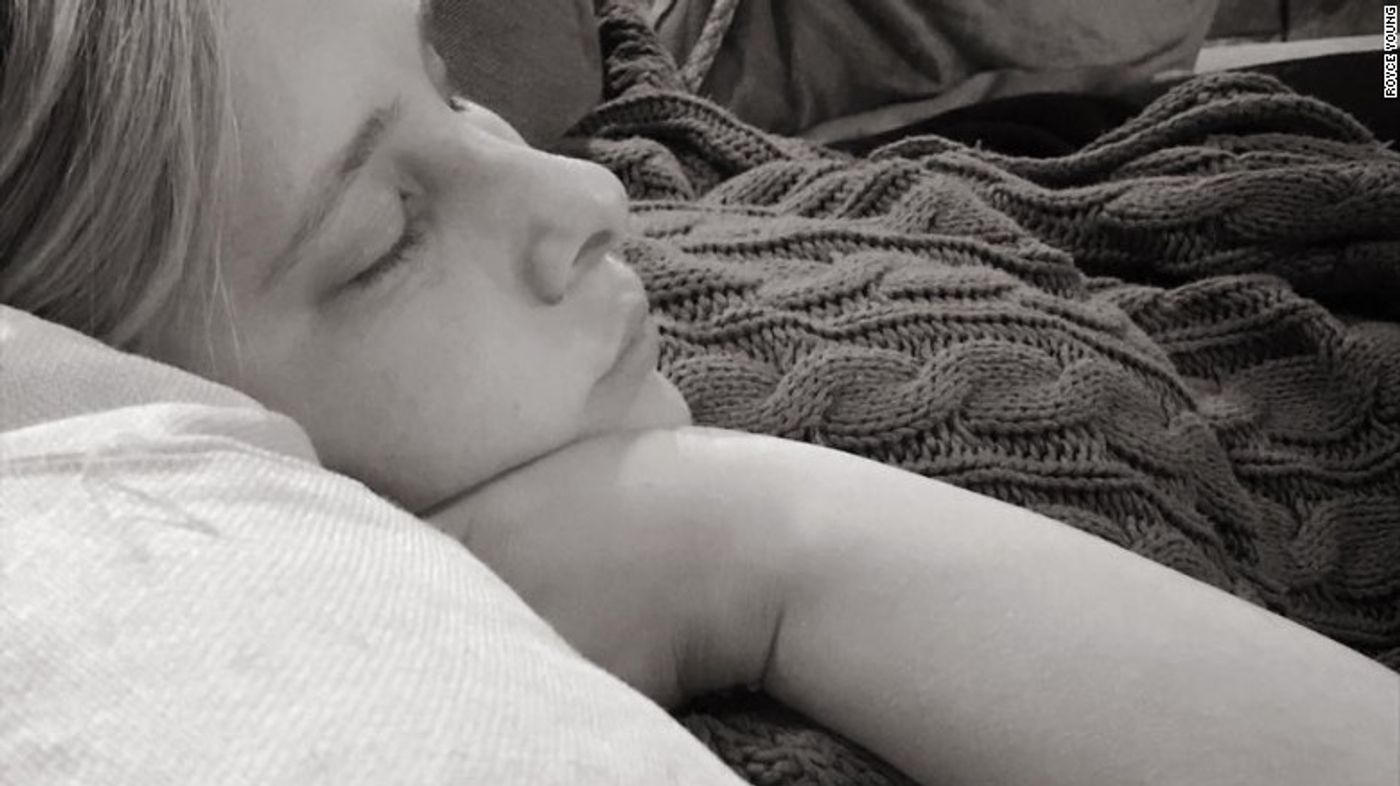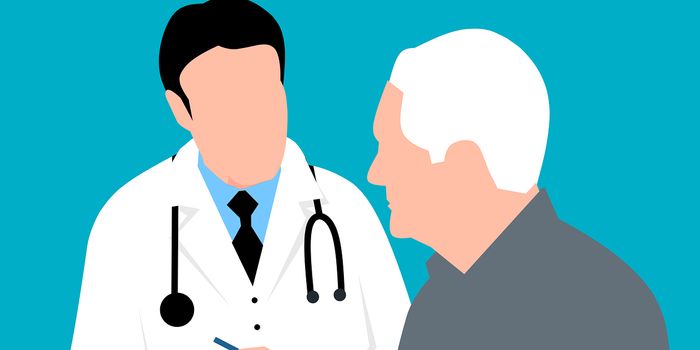Mother Carries Baby Without Brain to Term to Donate Organs
The condition known as anencephaly – lacking a brain – affects about 3 pregnancies per every 10,000 in the United States. Small odds though it seems, Keri Young and her husband were unfortunate to have received this diagnosis for their 19 week old baby, Eva. Despite their unfortunate circumstances, the couple made the agonizing but selfless decision to carry the baby to term in order to donate Eva’s organs to save other kids’ lives.
At her 19-week ultrasound, Keri’s doctors discovered that Eva was developing without a brain. This condition occurs when the neural tube – the hollow structure that forms the brain and spinal cord – does not close properly. The result is an incomplete fetal head structure that can lack part of the brain and skull. The brain stem is present, which allows for breathing and heart beating, but because other parts of the brain are missing, the baby never gain consciousness. As such, the lack of this structure is incompatible with life, and anencephalic babies die shortly after birth.
Writing about the ordeal, Royce Young described their grief and his wife’s heart-wrenching decision to carry the baby to term. "Somehow through full body ugly crying, Keri looked up and asked [the doctor], 'If I carry her full term, can we donate her organs?'" he wrote.

Indeed, the shortage of organs continues to be one of the biggest challenges in organ donation. Doctors know how to perform the procedures, patients are ready and waiting, but the number of available organs to transplant is dismally small. On top of that, the number of suitable organs for babies and young kids in need is even more limited given their size and developing biology.
Despite the desperate need, organ donation from anencephalic babies was not always permitted. In particular, in 1990, the Canadian Paediatric Society and the American Academy of Pediatrics both issued statements ruling that anencephalic babies were not appropriate organ donors. Since then, new bills have passed to expand the donation possibilities for babies with this condition.
Baby Eva is expected to arrive on May 7, 2017. Royce Young acknowledges the bittersweet date of meeting his baby and simultaneously having to say goodbye.
“We made our choice to carry Eva to full term for a lot of reasons, but the first and foremost was to donate her organs,” Young wrote. If suitable, baby Eva can donate heart valves, corneas, kidneys, and liver cells to other babies and kids in need. Furthermore, other organs and tissues may be donated for research purposes, potentially helping scientists study how to prevent conditions like anencephaly and other birth defects in the future.
“It was just a practical endgame that in our minds, before we came to the realization Eva is alive and our daughter deserves to meet her mama and daddy, gave us a purpose to continue on. Donating was on Keri's mind from darn near the second we found out and while the experience of holding and kissing our daughter will be something we cherish forever, the gift(s) she's got inside that little body of hers is what really matters. Keri saw that almost instantly… There's another family out there hurting and hoping for a miracle for their baby, knowing full well someone else's baby will need to die first. Eva can be that miracle.”
Read more of Royce’s tribute letter to his wife here.








